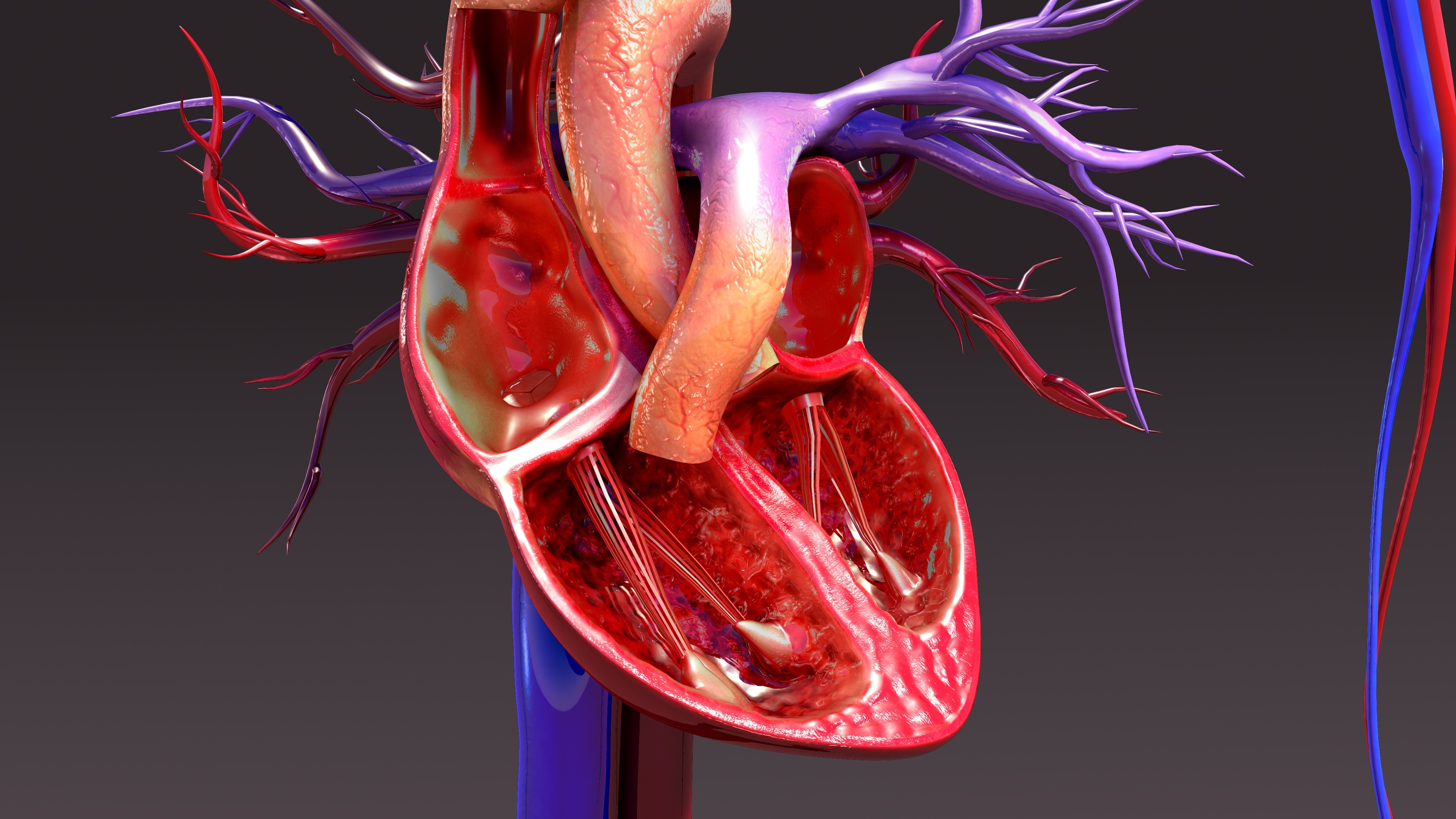Realistic heart model generated through multilineage development for understanding cardiovascular diseases and spurring drug development.
Cardiovascular disease is the leading cause of death in the United States, resulting in more than 600,000 deaths and a significant contributor to overall healthcare costs. Over 28 million Americans are diagnosed with heart disease, leading to more than $30 billion in healthcare-related expenses. Traumatic injury, smoking tobacco, diets high in fat and cholesterol, excessive alcohol intake, and sedentary lifestyles are the primary risk factors for the disease. While many drugs have been developed to treat various heart diseases, there are still thousands of deaths each year. Congenital heart defects also represent 1 percent of deaths during pregnancy. Hence, there is an unmet medical need to develop new disease modeling tools to facilitate drug development.
Researchers at SUNY have developed a novel heart-modeling system that utilizes induced pluripotent stem cells (iPSCs) to generate a developmentally accurate model that recapitulates cardiogenesis in an embryo-like, multi-lineage manner with neuronal cooperative development. The invention establishes an advanced model for cardiogenesis with the integration of the endoderm and innervating neural systems.

• Retains the interacting neural compartment and achieves neurogenesis.
• Co-developed gastruloids mimic the human heart in its early stages of development.
• An advanced heart model to study the underlying causes of many diseases and facilitates the development of new therapeutics.
• This advanced heart model provides a framework for advancing future heart models with vasculature.
• The global market for cardiovascular diseases was $47 billion in 2018 and is expected to exceed $64 billion by 2026, at a CAGR of 4%. The high prevalence of chronic heart ailments and sedentary lifestyles is driving the market growth.
• The market for disease modeling was $650 million in 2021 and is anticipated to reach $1.6 billion by 2027 at a CAGR of 16%.
Preclinical.
This technology is available for licensing.